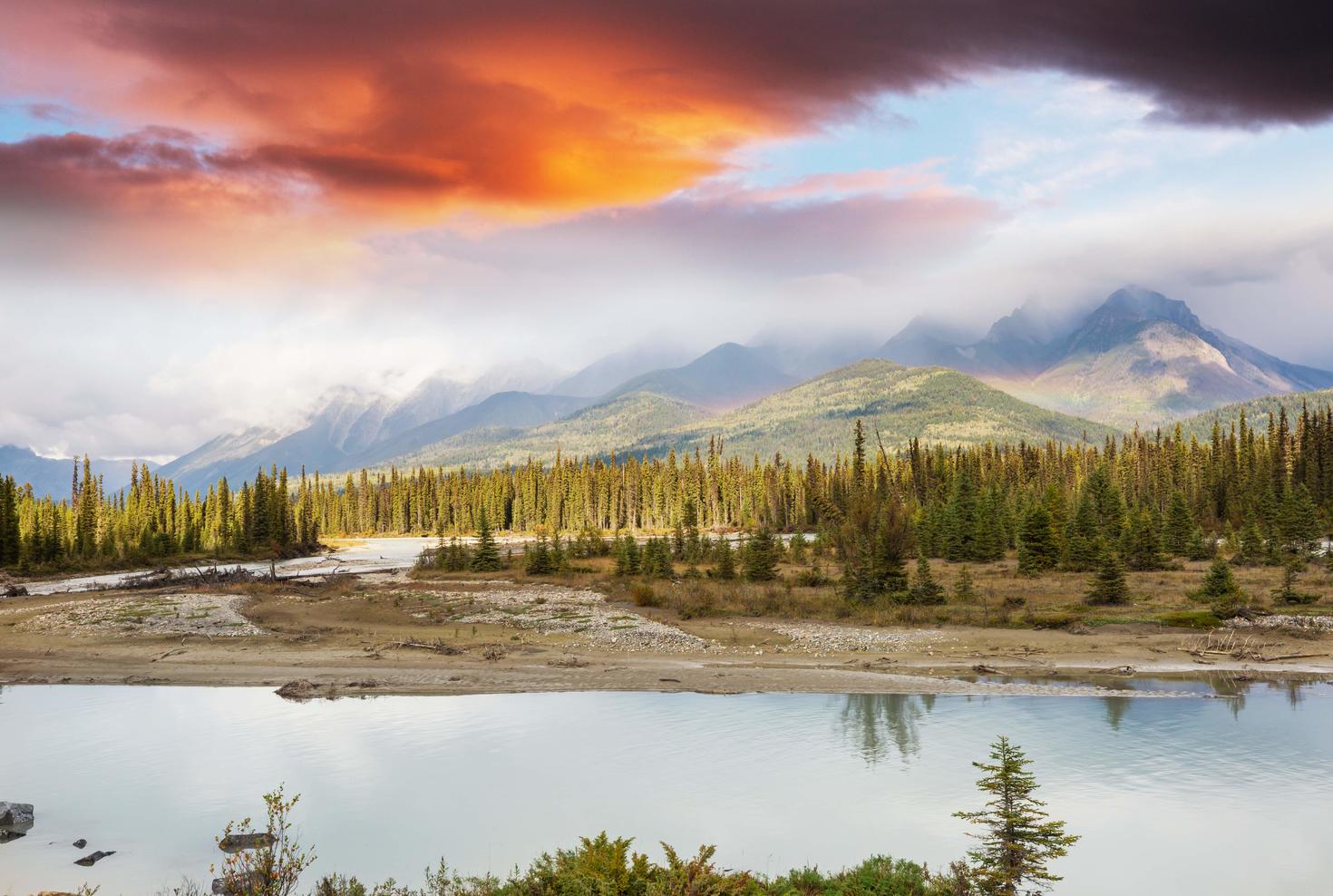30 by 30 is one of the major initiatives to have come out of the UN Biodiversity Conference (COP 15) held in Montreal in 2022. This initiative seeks to designate 30% of terrestrial and marine area across the world as protected areas by 2030. This is of particular interest to me given that one of my research focuses is aimed at understanding how protected areas can help mitigate impacts of climate change on the world’s biodiversity. The goal of 30 by 30 was a major topic at the International Congress for Conservation Biology conference in 2023 and being in attendance provided me the opportunity to learn from researchers and conservation biologists from around the world. I was excited to see the commitment of the international community towards making progress in meeting this ambitious target. There was one topic that was highlighted during the conference that is both a point of concern with the framework of COP15 but also a major conservation opportunity, which is the recognition of Indigenous communities to conservation.
As part of the COP 15 framework human rights safeguards were a major component of the report. The inclusion of these protections was widely received favourably and went a long way towards including Indigenous communities in conservation decision making. However, the report fails to explicitly include Indigenous peoples’ lands and territories as a separate class of protected area. The first issue here is that this misses the opportunity of fully recognizing the contributions of[KF1] Indigenous communities to conservation efforts. Indigenous people make up approximately 5% of the global population yet manage an estimated 22% of global lands and protect upwards of 80% of the world’s biodiversity. Further, a report looking at biodiversity within Non-Protected, Protected, and Indigenous managed lands in Canada, Australia, and Brazil found that Indigenous lands harboured equal or greater biodiversity than both Non-Protected and Protected areas. Including Indigenous protected lands as its own Protected Area category would greatly contribute to efforts towards achieving 30 by 30, and importantly would help address the concerns many communities have regarding their rights and traditional practices.
Many Indigenous communities still have concerns regarding “fortress conservation”, which historically has resulted in communities being removed from their traditional lands in the name of conservation. This is a matter I am familiar with being a member of Caldwell First Nation, also known as Zaaga'iganiniwag, which means “people of the lake”. In 1920 Caldwell First Nation members were forced out of their homes and off their traditional lands to make way for the establishment of a national park. After nearly 100 years, efforts between my community and the national park began to work towards reconciliation, in which I was fortunate enough to participate. I was one of a group of Caldwell First Nation members that worked with the national park to bridge relations while participating in park conservation initiatives. Through this process, Caldwell First Nation has established their own Environmental and Consultation Department, managing a variety of projects focused on habitat restoration and wildlife protection. Currently the rights of Caldwell First Nation to access and engage in cultural activities on their traditional lands have been restored.
This is what I see as the benefit that recognition of Indigenous community rights and participation in conservation initiatives can offer. However, many Indigenous communities around the world still face removal from their traditional lands for the purposes of mining, logging, and even conservation, threatening livelihoods, traditional practices, and biodiversity.
Having worked with a variety of research organizations and Indigenous communities across Canada I have seen the benefits that knowledge sharing and cooperation bring towards furthering conservation efforts. Expanding global protected area networks is vital to conservation of the world’s biodiversity and can be aided by the inclusion of a specific designation for Indigenous Protected Lands. This designation will serve to both expand the network of protected areas, which will aid in conservation efforts, and ensure greater protection of the rights and traditions of Indigenous communities.
Many great initiatives were established during COP 15 with the goal of protecting biodiversity, while promoting human rights safeguards. Ultimately, the expansion of the global Protected Area network is vital for conserving the world’s biodiversity and ensuring the human right of a healthy ecosystem for all. The lack of recognizing Indigenous lands and territories as a distinct Protected Area category unfortunately remains a barrier towards reaching these ambitious targets. However, furthering the inclusion of Indigenous communities in conservation efforts, recognition of Indigenous Protected Lands, and respecting traditional ecosystem management practices, offers a path towards meaningful progress in achieving 30 by 30.

